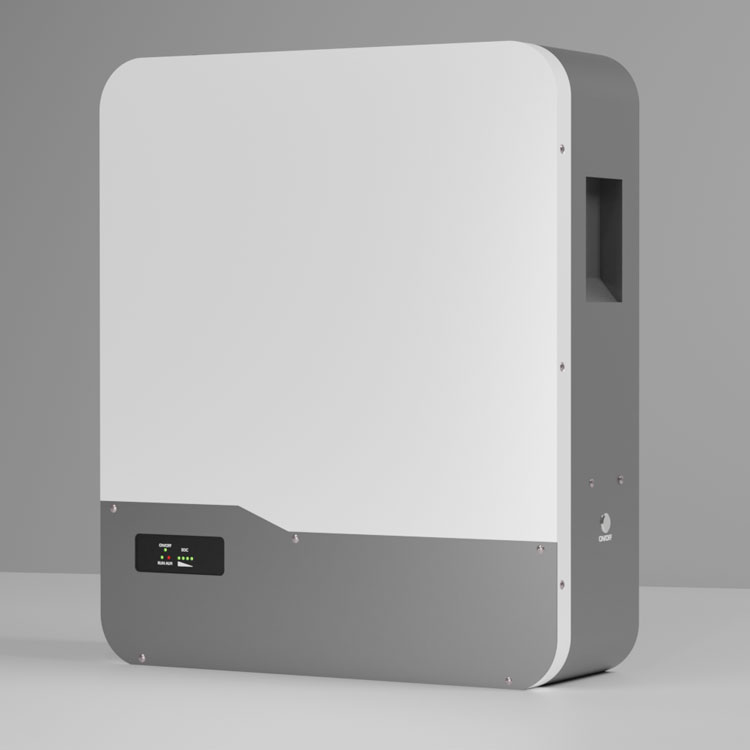Batteries are used to provide a variety of functions. For example, they provide main power in high-tech instruments and backup for powerful process control equipment and production systems. Batteries are one of the various components in a large piece of equipment and production systems. That's why compliance with safety standards for the batteries you are using becomes undeniable.
Batteries must operate reliably and safely, especially when the equipment is working in close proximity to human operators. Manufacturers should design batteries in a manner that meets all safety standards.
Intrinsically safe batteries are those that cannot ignite under any circumstances. Since batteries have the potential to make themselves dangerous, they must be used with care and without any abuse, such as overcharging and overheating. Lithium-ion batteries and all other batteries are prone to catching fire, exploding, and even starting to emit toxic fumes and gases. These toxic fumes and gases can be flammable, which can lead to health hazards and injuries.
In the early 1980s, many attempts were made to develop rechargeable lithium-ion batteries. When rechargeability emerged, they consisted of lithium metal, which used to provide very high densities. However, the inherent instability of lithium metal limited its development. During charging, the temperature of the battery rises to the melting point of lithium metal and causes a rough and pungent reaction.
After extensive research, non-metallic lithium batteries using lithium ion began to be produced. Lithium-ion systems are safe. Precautions are recommended during charging and discharging. Lithium-ion batteries are considered to be safe and successful.
There are two safety levels for lithium-ion systems. Two types of lithium ion chemistry exist. One is cobalt based and the other is manganese based. For maximum and greater run time, cell phones, laptops and digital cameras use cobalt based lithium ion batteries. Manganese is the new chemistry in both. This chemistry provides superb thermal stability. It can withstand up to 482°F, or 250°C, before becoming unstable.
Overall, to make lithium-ion batteries intrinsically safe, three layers of protection need to be followed, namely

Limit the amount and quantity of active material to obtain a practical balance of safety and energy density.
Include various safety mechanisms within the battery itself
Adding electronic protection circuits to the battery pack.
When using electronic devices, it is critical to maintain safety. IS, or intrinsically safe, ensures and means safe operation in areas where even an electrical spark could ignite flammable gases or fumes. Batteries often explode near oil refineries, grain elevators, textile mills and chemical plants.
Devices and equipment that operate with batteries must be intrinsically safe before they enter any hazardous area. These devices include cell phones, two-way radios, laptops, cameras, gas detectors, flashlights, medical equipment and test equipment.
Intrinsically safe equipment, devices and batteries contain protective circuitry as a function of preventing excessive current that could cause explosions, sparks and high heat.
Now, let's discuss the significance and use of protective circuit characteristics.
The basic function of a protective circuit is to stop the current when a fault is detected. The positive circuit automatically starts operating to ensure that the device is protected from damage caused by a short circuit or excessive current caused by high voltages.
These protection circuits are available in various sizes. For small devices, there are small protection circuits to protect the device from low-current circuits.
For individual household appliances, there are also protection circuits designed so that the device can be protected from sparks in the event of overheating.
For cities, a large switchgear is designed and installed to protect against high voltage.
To check if a lithium-ion battery is intrinsically safe, first look for a protection circuit. If there is a protective circuit installed in the battery, there is the least chance of any accident occurring. Here are some check marks which can also be used as tips to protect your battery and cells. Try to consider them and it will help you to know if you are using the battery within the intrinsically safe range.
Use batteries within intrinsically safe limits.
Choose your batteries carefully.
Make sure the batteries and cells you use are efficient enough to withstand environmental conditions. It helps minimize the amount of electrolyte leakage that can occur under severe short circuits.
Avoid extreme temperatures :
High temperatures can put stress on your equipment and batteries. Keep them in cooler conditions to stay safe. Try to avoid placing batteries in direct sunlight and near compartments. Batteries may exceed their safe range due to overheating and high temperatures.
Avoid over-draining.
Do not completely drain the battery. Lithium-ion batteries lose capacity as they are discharged. Charging the battery before it is depleted will extend the life of the battery and keep it safe.
Remove the old battery.
Replace old batteries. Do not keep lithium-ion batteries beyond their described expiration date. Lithium-ion batteries tend to lose their capacity for as long as you use it. You should replace the battery after six months or one year, depending on your usage, to ensure that your battery is safe and reliable.
Keep the packaging intact.
Make sure the battery's packaging is in good condition. Battery packaging makes your batteries safe for future use.
It becomes very important to know what batteries you are using or may purchase and how safe they are. Remember to buy your batteries from trusted manufacturers and retailers to get the original safe lithium-ion batteries.
